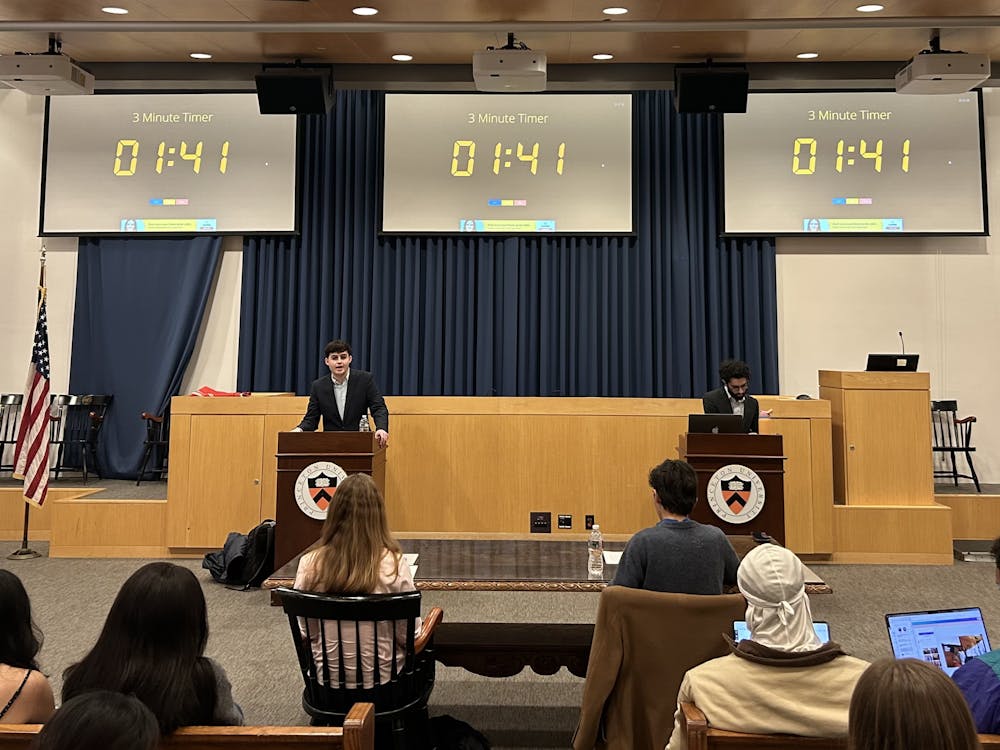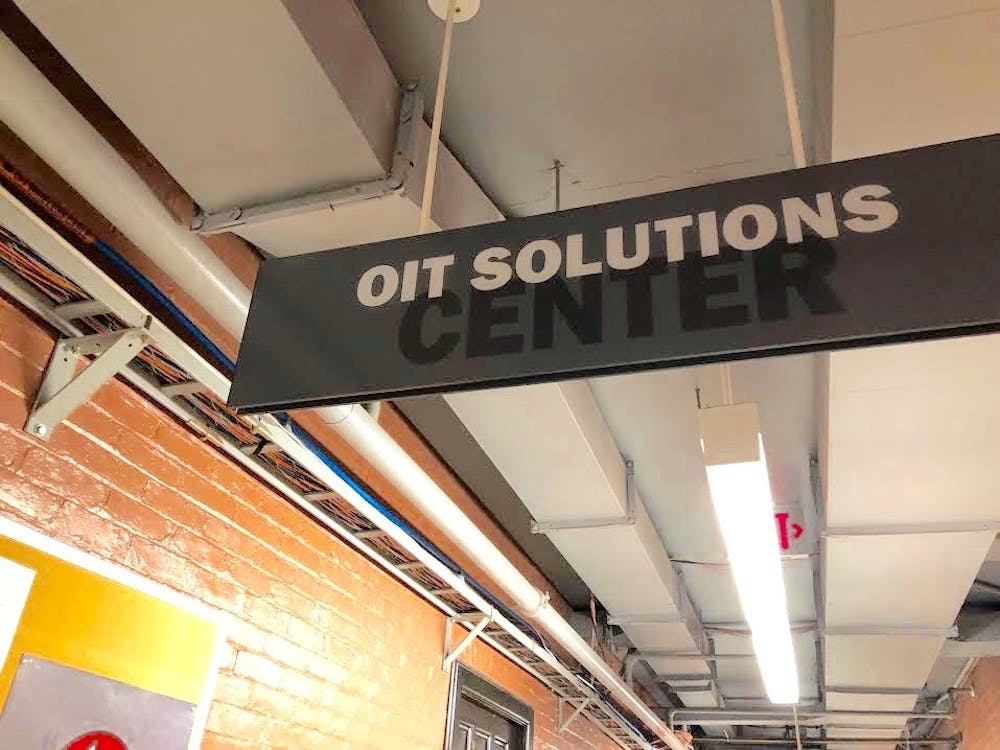Juan Chavez is going to be murdered tomorrow. I am not a prophet, but I know that tomorrow he will be killed by the state of Texas. He will be the 302nd Texan executed since 1976, according to the Death Penalty Information Center (DPIC).
The death row system is a peculiar institution. Our nation has executed 846 men and women in the last three decades, and that number grows every week, according to the DPIC. Some state governments choose to set an example that it is wrong to kill by killing. No double message there. New Jersey bans needle exchange programs for drug users (programs that would save thousands of lives and billions of dollars) because of the double message it would send about drug use. So we defend double messages in the name of death but not life. That makes sense.
Why do we have the death penalty? The only answer I can think of is fear. The death penalty does nothing for victims or the victims' families. The death penalty does nothing to support communities, the death penalty does nothing for our country's values. Why does it exist?
Proponents of executions argue that if we do not kill killers they will kill again. Therefore the death penalty is supposedly used as deterrence to stop future crime. Such an argument is not unreasonable. Yet, states without the death penalty have consistently lower murder rates, and the DPIC reports the discrepancy between states with and without the death penalty has increased over 900 percent since 1990.
Even so, there is no doubt Juan Chavez was a danger to the community when he was captured by police. He was found guilty of slaying 11 victims in just five months time. That is a horrendously high body count — a rate of killing almost as great as Texas' court system. Obviously Juan Chavez will not be able to murder anyone else once he is six feet under, but I do not think killing him is our only choice in terms of preventing future violence.
Rehabilitation can sound naive and simplistic, but the basic concept is one of the purest. Without knowing much about Juan Chavez, I am going to guess that he was likely to have been suffering from some sort of psychiatric distress.
In the late 1980s The New York Times reported on studies completed by Dr. Dorothy Lewis. After interviewing scores of murderers on death row, she found that almost all had been beaten, suffered severe trauma to the head, were chronically psychotic, or had been brutalized or sodomized as children. Evidently, the death penalty specializes in killing those that have lived through some of the worst childhoods imaginable. Maybe if we took the million dollars used to kill each death row inmate and used it to secure counseling and psychotropic medication for a target population of youths the country would be a better place.
Killing people is not a nice business. Similar to the war coverage from Iraq as portrayed on American TV, we are given a sanitized view of the lethal injection process and the electric chair. Things do not always go so well. In fact, in about one in 20 executions something goes wrong, according to an analysis by UC-Boulder sociology professor Mike Radelet.

Michael Elkins was killed on June 13, 1997. Because Elkins' body had become swollen from liver and spleen problems, it took nearly an hour to find a suitable vein for the insertion of the catheter. Elkins even tried to assist the executioners, asking, "Should I lean my head down a little bit?" After numerous failures, a usable vein was finally found in Elkins's neck. Pedro Medina was electrocuted and burned to death on March 25th of the same year. A crown of foot-high flames shot from the headpiece during the execution, filling the execution chamber with a stench of thick smoke and gagging two dozen official witnesses. Medina's chest continued to heave until the flames stopped and death came. Others have had their eyes fall out, defecated without control, and been covered in their own blood. These proceedings are tortuous.
This afternoon, Ray Krone will be speaking (sponsored by the Princeton Committee Against Capital Punishment and the Princeton ACLU) about the 10 years he spent on death row until he was exonerated by DNA evidence. Ray Krone's message is simple — if it can happen to me, it can happen to you. Our criminal justice system is not flawless. At the least we should all recognize this considering the racial bias that permeates every level.
A state that uses the death penalty is effectively admitting defeat. Executing citizens is an excuse for not offering the services and resources necessary to heal and protect communities. However, the responsibility does not end at the state level. We all have the ability to stop executions. Students in Illinois were instrumental in forcing Governor Ryan's hand, leading him to give clemency to the state's entire death row. As students in New Jersey we can urge the state to continue its 20-year record of abstention from executions and demand a federal moratorium as well.
Robin Williams is a Wilson School major from Greenboro, N.C.








